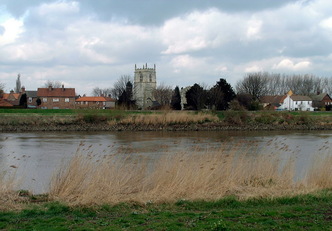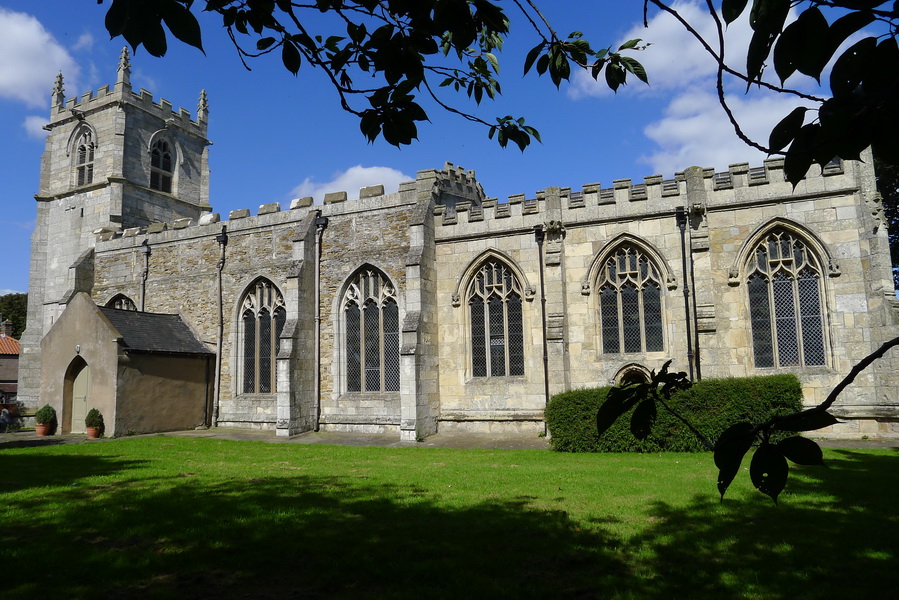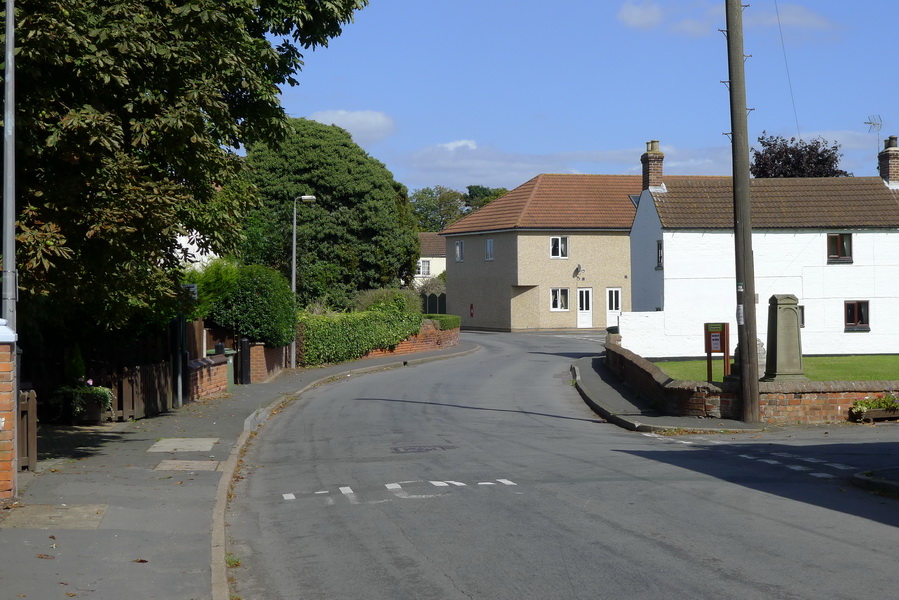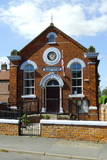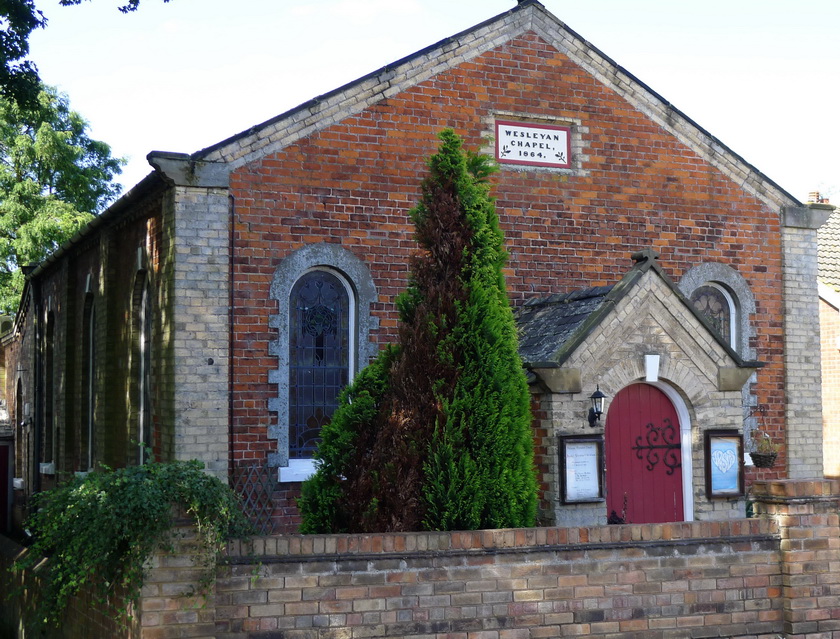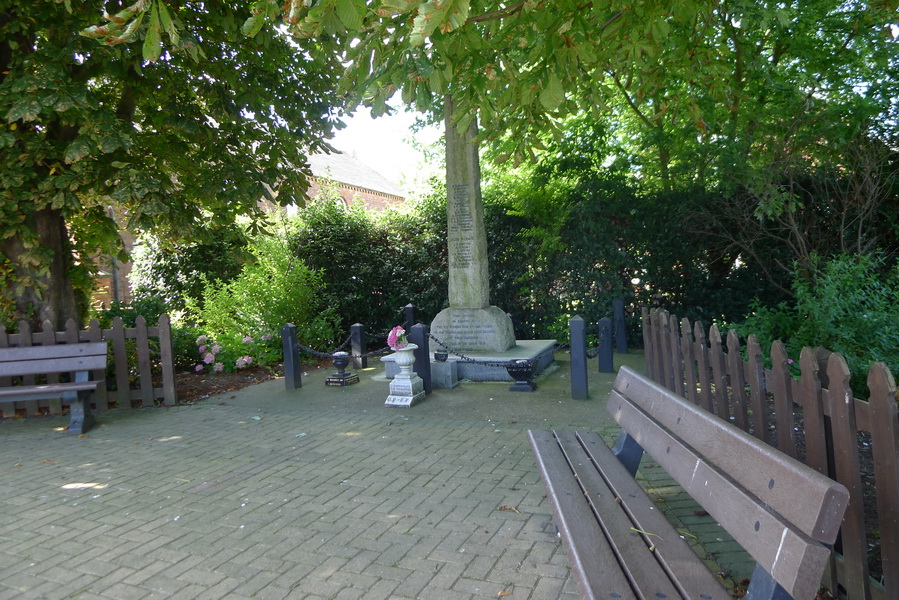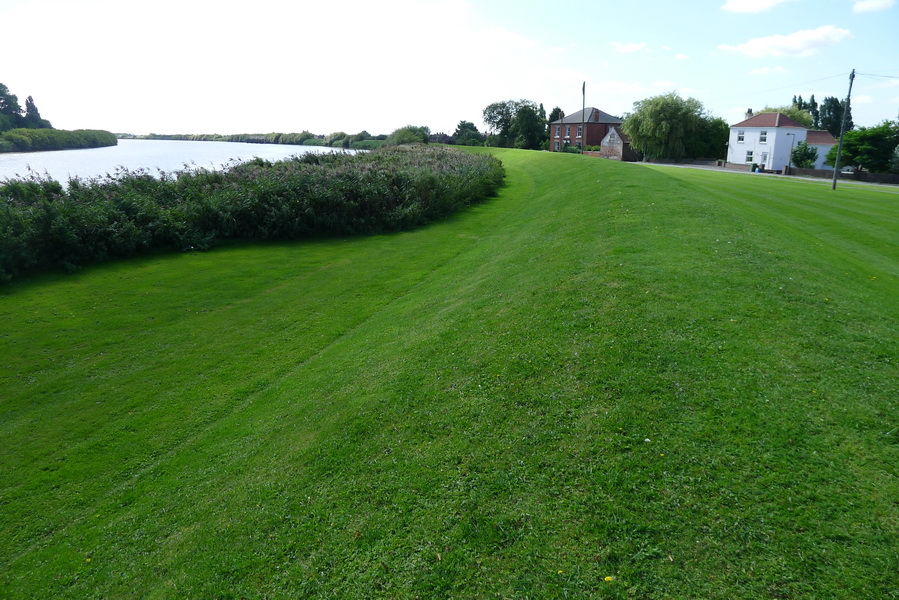Althorpe
|
Although this parish is now referred to as Keadby with Althorpe, it was Althorpe which was the dominant village, in Stonehouses history of 1838 it is described as the parish of Althorpe with its respective hamlets of Amcotts, Keadby, Cottle Hall and Derrythorpe. The origin of its name is open to conjecture, with several explanations in various sources. One is the Danish Thorpe, a hamlet or farm house and the personal name of Ali, the owner of the house. Doomsday records the name Aletorp coming from Ay-le-Thorpe, Ale being Danish and Anglian. Or it is named from the 'village at the river pool', the river being the Trent and the pool the lake and swamp area which, in former times surrounded the village of Burringham and referred to in the 11th century as Manelinde Lake. The Domesday book only mentions Althorpe as having one carucate (could vary between 60 and 180 acres) of land to be taxed and land to one plough, with six sokemen having one plough there. The main part of the village would certainly have been along the river bank as this was the highest ground, and flooding would have been a common occurrence on the surrounding low ground
The village became the property of the Neville family, in the reign of Edward IV Sir John Neville was a resident of the village and he had the present church built in 1483, probably on the site of an earlier one erected by Roger de Mowbray, at some date prior to 1185. At the time of the conquest Althorpe was a separate manor but at some stage reverted to the Crown and became included in the manor of Epworth and Westwood, although individual lords and ladies of the manor are known up to the 1920’s, Derrythorpe seems to have always been in the manor of Epworth and Westwood. There was a large Elizabethan style mansion house in the village, which was probably on the site of an earlier house belonging to the Neville’s, it became ruinous and was turned into a farmhouse and then into cottages. The village passed into the possession of the Wentworth family, whose heir, William Wentworth sold the family possessions in the Isle to various people. Althorpe’s last actual owner seems to have been Henry Dalton Esq. of Knaith nr Gainsborough, on whose death it was sold again to various private individuals. A native of Althorpe, John Langley, became a member of the Goldsmith’s Company in London and in 1576 became Lord Mayor of London.
|

